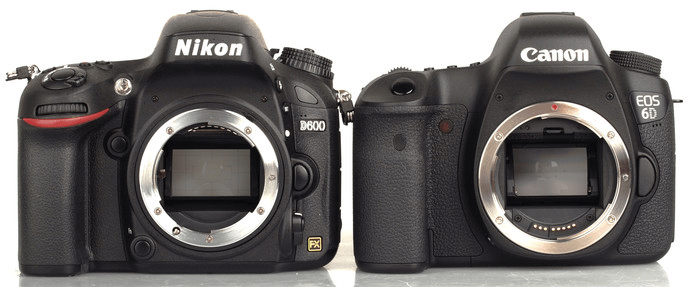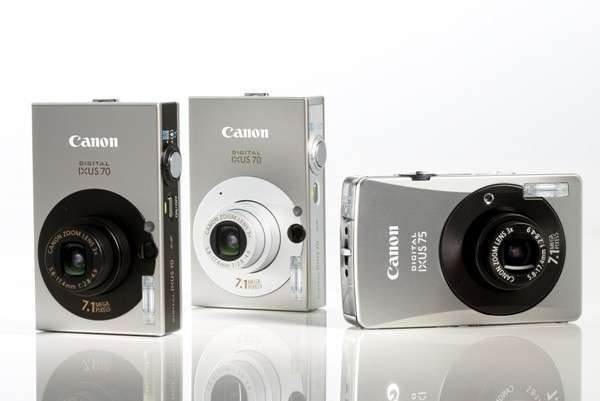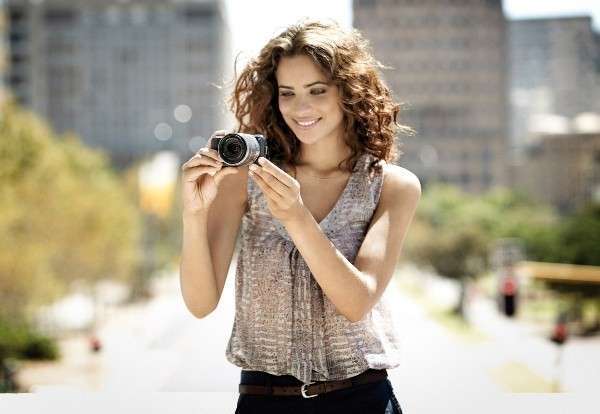The camera market is growing and expanding, offering more and more models for every price range every year. The variety of functions and specific terms can confuse an inexperienced user or a novice photographer, so before going to the store it is important to know exactly how to choose a digital camera and what you should pay special attention to when buying it.
Camera specifications that affect image quality
Among the huge amount of information and characteristics that sellers in stores usually supply with camera price tags, one should distinguish between those parameters that affect only the usability of the camera and those that really affect the quality of the pictures. Quality features include:
- The number of megapixels (matrix resolution). In pursuit of the client, many manufacturers seek to increase this value, sometimes reaching incredible numbers. In fact, to print a high-quality 10×15 image, a camera with an indicator of 8-10 megapixels is enough. Values of 15-20 megapixels make sense only if the resulting images will be printed in poster format.
- Matrix type and size. The quality of the image depends on this parameter even more than on the number of megapixels. The larger the matrix, the better the photos will come out. The size of the matrix is indicated by a fraction, for example, 1/1.6″. The smaller the number in the second part of the fraction, the better.
- Zoom. The presence of a zoom is a convenient feature, but if the camera has a digital zoom, then the closer you zoom in on the object, the worse the image quality will become, so you should give preference exclusively to optical zooms.
Another characteristic that can affect the quality of the resulting photos, although not so significantly, is the presence of an image stabilizer. Sometimes photos may not come out sharp enough due to natural hand shake, which becomes very noticeable in low light.
Characteristics of cameras that affect their usability
The ease of use of the camera is just as important as the quality of the pictures. The functionality of the camera depends on the following specifications:
- shooting modes. Most compact cameras have an auto mode that allows the camera to determine the best camera settings for you. Models intended for professional use may not have this mode, which means that you will have to set up the camera yourself.
- Screen. The camera can be equipped with a conventional screen or a touch screen. The advantage of the touch screen is that there is no need to make unnecessary movements by pressing the buttons, therefore, it will be faster to set up the camera as needed. In addition, some cameras have a camcorder-like swiveling screen, which can be useful for filming, for example, reporting in a crowd.
- Battery type. The camera can run on a battery of a certain standard, then it can be charged only with a proprietary charger or with conventional AA batteries, the advantage of which is their ubiquity.
You should also pay attention to the format of the memory card and camera connectors. It is more convenient to purchase devices of compatible formats in order to be able to use the same memory cards and cables for different devices.
How to choose a digital camera correctly based on its class
To understand how to choose a digital camera correctly, it is not enough to know only the basic technical characteristics of cameras. You also need to decide which class of camera best suits your needs.
Conventionally, the bulk of digital non-reflex cameras can be divided into the following categories:
- budget – the cheapest and simplest models;
- compact – have the smallest dimensions and weight;
- creative – top models of non-mirror cameras, as well as extreme cameras.
Each of these classes is suitable for certain shooting conditions, therefore, having studied the description of each class separately, consider how and under what circumstances you will make the most of your shots.
Who needs an inexpensive digital camera?
A definite plus of budget models is low cost. In addition, their advantages include the simplicity of the interface with a minimum number of settings. This makes any inexpensive digital camera most suitable for children and the elderly, who find it difficult to master the latest digital technology.
Waiting for the design of such cameras can also be a point in favor of buying a camera for a child. After all, as you know, the fewer parts – the less that can be broken. And older people will quickly figure out with a few buttons than with a good dozen of all kinds of keys.
The disadvantages of budget models include the low resolution of the matrix and, as a rule, a very weak zoom, the use of which will lead to an even greater loss in image quality.
Compact digital camera – a universal solution
Most digital cameras fall into this category. Their popularity is due to a pleasant combination of price / quality. Small dimensions and weight allow you to take a compact digital camera with you everywhere: to the beach, to a corporate party or on an excursion, because it can easily fit into a handbag and a jacket pocket.
Separately in this line are the so-called ultra-compacts. In addition to the incredibly small thickness, such models usually have a non-standard design and are presented in a variety of colors. The task of such cameras is not only to provide first-class pictures, but also to emphasize the individuality or special status of its owner, for which, of course, the future owner will have to pay a little more.
How to choose a good digital camera for creativity
If ordinary shots are not enough for you and you want to be creative, but professional SLR cameras do not suit you in terms of price or dimensions, you should pay attention to creative cameras and ultrazooms. Oddly enough, a good digital camera, which makes it possible to take pictures of the highest quality, does not have to be a SLR at all.
Creative cameras can even surpass the bottom line of professional cameras in terms of a set of some of their characteristics. They have a fairly large matrix, manual settings, in fact, the same as in the so-called DSLRs, high quality optics. And the most advanced of them even have the ability to shoot in RAW format.
Despite the obvious superiority of these cameras over the class of compacts, before buying them, you should take into account that it is not always easy to deal with all manual settings, and some of them may not have auto mode. In addition, they are larger and weigh more than compacts.
What to look for when buying
If you still have doubts about how to choose a digital camera, videos and all kinds of reviews on a variety of camera models can answer the remaining questions. Most importantly, do not forget to carefully check the health of the camera before buying. For this:
- Make sure that there are no external damages, backlashes and problems when pressing the buttons.
- Verify that the camera is working and that all modes are working properly by taking a few shots and checking the sharpness. If your camera has video capability, record a short video with sound.
- Check if the charger is working and if other accessories are working.
- Be sure to ask for a warranty card. Be sure to ask about all the terms of the warranty and be sure to get a check from the seller.
Choose your camera wisely based on your needs. Remember that more expensive is not always better. Trust trusted manufacturers and purchase only certified goods with warranties from the manufacturer.





